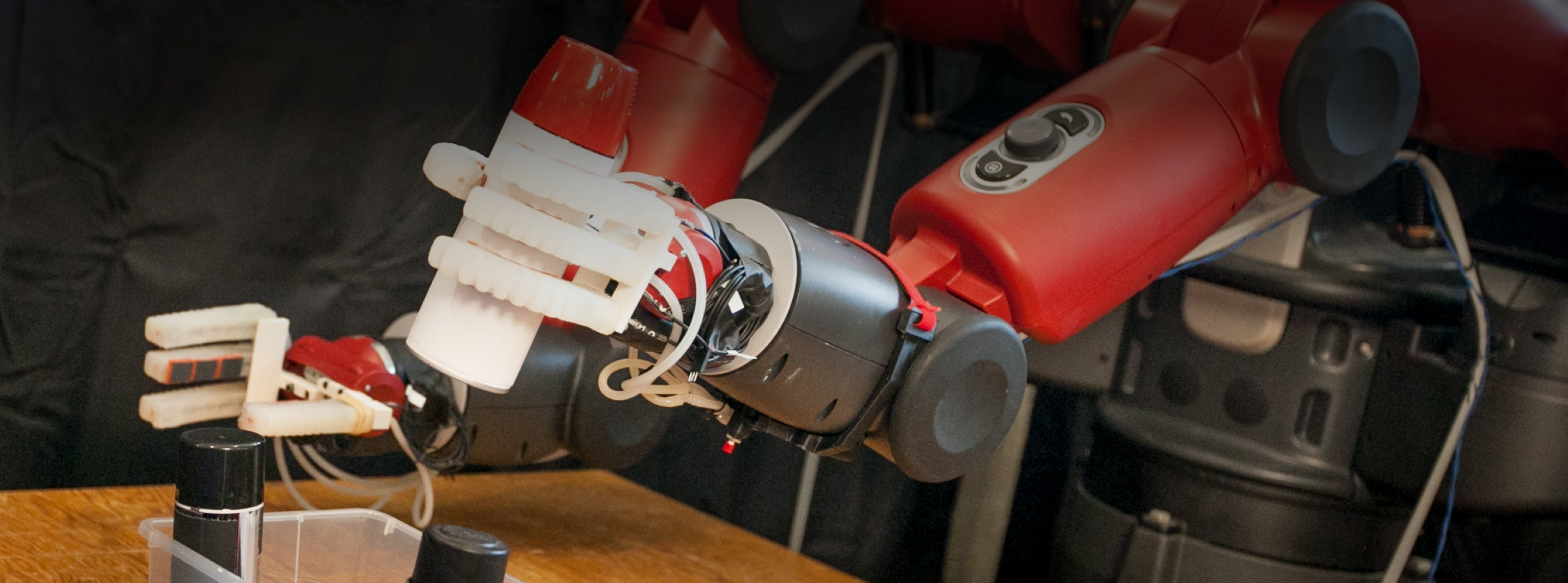In general, whether part of the CSAIL Alliance Program, a research initiative, or any other program, the following are guidelines to make your interactions with CSAIL the most beneficial and productive:
- Designate one principal point of contact (POC) for your organization to shepherd the relationship and make it part of his/her job. The most successful engagements have a dedicated POC who is in constant contact with the Alliances team. Not all companies can have an individual 100% assigned to managing university collaborations but having dedicated personnel on both sides is very important and should not be an after-thought. Also, having one person understand the variety of topics of interest to your company will help you efficiently identify and connect with the material most relevant to your needs.
- Support for building the relationship needs to valued by your company. Senior staff/Executive support is important for a strong relationship.
- Establish an internal team responsible for obtaining and disseminating information from CSAIL to the rest of your organization. You will receive research briefings, papers, reports, invitations to lectures, workshops, conferences, professional programs, special events, speaking opportunities, and student event announcements- to make the most of your access to CSAIL, share information internally and connect more people within your organization to the aligned topics. People from HR may be very interested in student connections, while executives and technical leaders may be interested in speaking opportunities, and internal researchers the latest papers. Connect with everything.
- Attend the onboarding session with your organizations internal team. The Alliances Onboarding will provide you with a thorough understand of all the benefits of your connections with CSAIL, as well as how to use the Members-only website and a list of upcoming events. In addition, the onboarding is the opportunity to share what is most important to your organization. This enables us to build a profile of engagement for pro-active management. Your Client Relations Coordinator is here to help your organization maximize benefits and will send you relevant papers, notices of new talks/meetings that are in your area of interest and connect you to all CSAIL has to offer.
- Each year in late May/early June, we hold an annual meeting for all organizations connected with CSAIL through Alliances, the CSAIL Alliances Annual Meeting. . It is a three-day meeting that is a truly a ‘drink from the firehose’ in MIT tradition. The first day includes technology demos, a pre-conference workshop on a new technology, optional 1:1 meetings with researchers and a networking event with CSAIL faculty researchers and students. The next two days are a series of report-outs from research groups across the lab on the latest research, a student poster event showcasing new research projects, and a startup gallery, where several of CSAIL’s recent spin-outs demo their technology and discuss the move from the lab to the commercial marketplace.
- Come to campus. Attend talks. Host recruiting events. Meet with the researchers. Get involved in the ecosystem. It is the best way to connect with students for future talent, emerging tech and startups. MIT is very organic and you can leverage the connections made through Alliances to establish relationships of your own.
- Use the website. The Alliances website contains lectures, research briefings, the student resume database, and a research tool that makes searching for papers, presentations or patents easier. There is also a database of open source technology from the lab, case studies, technology use cases, and more.
- Think outside the box. Alliances offers many benefits to your organization. If student connections and brand visibility on campus are of particular interest, there is also the possibility of MIT-wide competitions, hackathons, etc. The best engagements are creative, open to new ideas, and collaborative.
- Adhere to MIT policies. MIT is a non-profit educational institution and there are many rules, regulations and policies we are bound by. Understanding and observing MIT policies is crucial for a successful collaboration.
- Realistic expectations and deliverables. Academia and industry do work on different calendars and time frames. It is important to have conversations about expectations and deliverables up front. Students work on projects and the academic calendar may impact availability and progress. Ask about schedules and commitments that may impact a collaboration.
- It is building a relationship- not transactional. This is the most important! To have a robust relationship with a university, recognize that it is a relationship with many touchpoints. And to be the most successful, the relationship is built over years. It can provide talent, new technology, research, startup connections, and so much more. It is an investment of time for both the company and the university – the result is a strong connection with mutual benefit.

